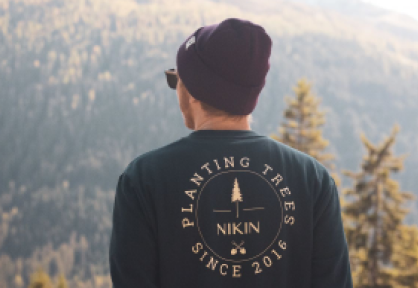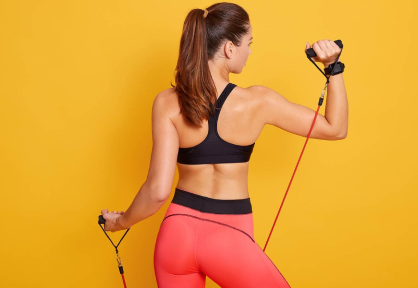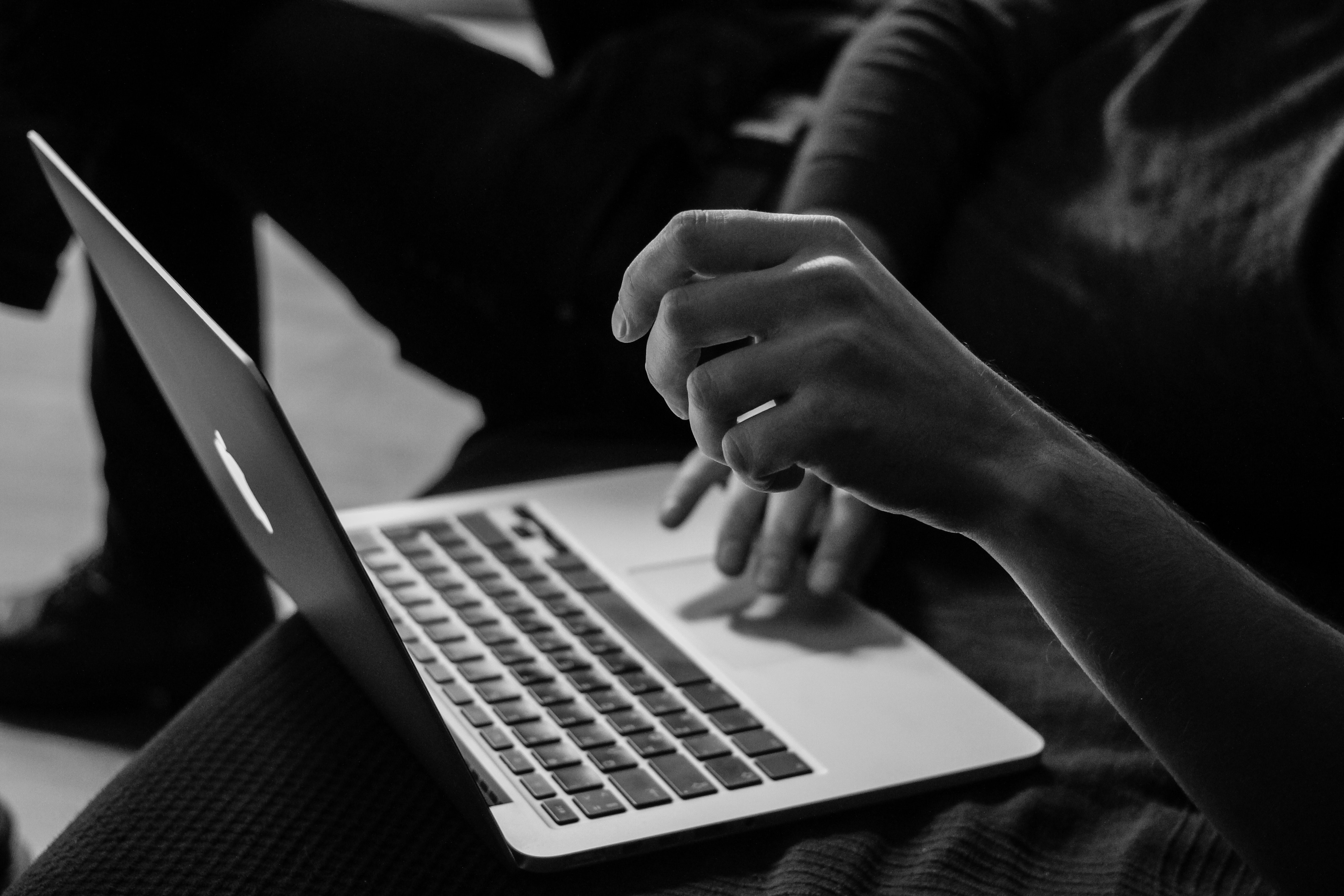This article will change everything - your approach to growing your brand, as well as the way you think about your customers. And, most of all, it will help you build an eCommerce business that thrives.
The conversion rates are not-so-good; the prospects aren’t coming back. It’s likely because you lack personalization.
So you have the product - it’s terrific, you are proud of it, and you know the people love it. Your shiny Shopify store is all set up and running, and the banners are banging, the offers are awesome, tons of systems are working to attract loads of traffic. Let’s imagine a buyer - full of perspective, potential, entering your page. All the juiciest deals seem to fly over their head, and they leave.
When you shoot your content at your customer from a loosely-charged marketing cannon, you miss, and the customer goes away. Why?
Because you left them, having to dig through your site to find what they need. There is too much of everything out there - and we’re not even limited by shelf space anymore. But it only means that customers need curated offers and products MORE, not less. Over 40% of buyers would rather shop elsewhere than stay to sort through myriads of options, the multinational consulting company Accenture found.
When you’re not offering something unique to every user, you lose points to the most basic platforms like Google, YouTube, Spotify.
These giants know - the buyer wants to make the best choice efficiently. Value their time, help them look, guess their needs. Each of those platforms caters to the distinct interests of a particular buyer, “aligning” their content to appeal to this specific user. They use all the data they can get to modify themselves for the customer.
Another scenario - the user didn’t just randomly pop by thanks to the traffic flow; they came back after buying once before. They know you, they know how great your product is, but… they don’t buy again.
When the repeat business is taking a nosedive, it indicates a big black hole in your marketing strategy - the customer doesn’t stay loyal to your brand. Why?
Because you are not showing your loyalty, not taking their experience into account. Brand loyalty goes both ways - the customer wants to be treated good, better than others even. That treatment that is often lost on an online platform - the special treatment of a regular. So customize your dialogue to show that you “remember”.
There are two points to be drawn out of these scenarios:
- Organize your shelf space, aka tailor your display to each specific customer
- Remember your regulars, aka customize the experience of returning buyers
The customer needs to know they are not just another teeny tiny piece of traffic that runs through your site. People online are overflooded with faceless, pointless content that tries to get their attention by just being there, in big phat loads. Remember the loose marketing canon from before? It doesn’t work. The more generic is your strategy, the less is your chance to make a sale. That is when conversion rates drop. Janrain, the creator of the first customer identity and access management (CIAM) cloud, found that 74% of people are immediately driven away by irrelevant content. But when the users suddenly stumble upon a “site that cares”, it sticks. Even one type of personalization (for example, “visitors who viewed this also viewed”) can boost your revenue by 68%.
That is your way to the user’s heart:
- To win the customer, whether 1-timers or repeat, personalize.
Today’s eCommerce is as good as doomed without personalization.
A whopping 96% of digital marketers believe that personalization cultivates the best B2C relationship. You don’t only give your customer what they REALLY want - you let them know their opinion and experience matters. When that bond is established, the conversion rate skyrockets. With personalized marketing done right, you achieve a substantial revenue boost - on the other hand, with personalization done poorly, you quickly start losing customers. In 2019 alone businesses have lost $756bn because they chose to stick to the old-fashioned loose marketing cannons.
Ok, personalization in your Shopify store is a GO. What is it, exactly?
Adding personal experience to an eCommerce site is the essence of personalization. Dynamic content display, curated product recommendations, smart offers that depend on previous behavior, actions on site, purchase history and other data that is available to you - these are your personalization tools. That is the language you need to develop to speak to every single customer, depending on what they require, what they like, what they’ve been looking at. When you, as a merchant, start marketing towards the shoppers instead of marketing at them, you create engagement, which drives your sales up. That personal experience should be the crowning point of your every endeavor.
Need a reference? Turn to Shopify itself - it states that good eCommerce personalization:
- Meets users’ needs
- Strives never to give poor recommendations
- Is worth your investment
There are two types of personalization - here’s why you have to use them both.
To personalize, you have to have data. There is no doubt the data has to be customer-driven since the customer takes center stage in this whole setting. Your personalization data can answer two questions about the user: who they are? and what do they want?
How about a little thought experiment? Take yourself as an example - not as a business but as a person. And you need to book a holiday getaway for you and your partner. The first type of personalization is going to focus on who you are to cater best to you - it is persona-oriented personalization. Your demographic and geographic data will be taken into account. Example - people who are married and who live in Delaware are often booking this inn for a weekend stay, and, if you are married and live in Delaware, this is the inn you will have recommended to you. Which is good and all, but seems like it’s not enough.
You have a specific location, budget, date, atmosphere in mind - all of those things do not speak about who you are, those are goals you are looking to accomplish. And that is the second type of personalization, which completes the experience. The goal-oriented personalization will work based on the executive data about your actions and behaviour, like offering you convenient flight times that are like the times of the other flights you’ve previously picked. While you choose the accommodation, it can match you to the places that are in the same price pool as others you’ve looked at before. When you search for a restaurant, personalization can show you the places that are more likely to fit your taste first.
With both types of personalization working together, you have a much higher chance of hitting a bullseye on a customer. Guessing who they are and what they need - it’s the secret to a perfect shopper’s experience, only achievable via personalization.
How to set up your personalization and make it work for YOU?
A successful business puts their customer’s needs first. Sure, we are aiming to boost sales - but, by prioritizing the shopper, you get into the right state of mind needed for proper personalization. What do they want? How can I make it more effective for them? Help your buyer achieve their goals, and through that, you will achieve your own.
Easy to say. Let’s imagine that you channel all the right experiences and you know what your buyer needs. How do you proceed?
Ask yourself these questions:
- Where can you implement personalization in the user experience?
- What information do you have that you can use?
- How can you use your info and your insight to create the best personalization?
Where can you implement personalization in the user experience?
In our thought experiment, we’ve covered how personalization can follow the consumer every step of the way. It might be a tad too literal - we don’t want to come off as creepy. Thus you have to know where on your Shopify store are the right niches you can personalize. Where would a customized element really help?
- You like it when you get recognized, don’t you? The simplest and most brilliant icebreaker of them all - call them by their name.
- Hand-picked product offers would be nice, right? So, product recommendations and catalogue customization is a must.
- How about giving your buyers extra value? Tips and inspirational content work beautifully for creating a dialogue.
There many more moments in the shopping vortex where you get a chance to help the customer and let them know they’re special to you. Use them to remind the buyer that their interests are acknowledged, and you can give them value.
What information do you have that you can use?
Like in any decent conversation, in the personalization dialogue you have to know your customer to make them feel recognized. Your eCommerce platform has to have tools that capture that data. Either with Shopify apps or your inner mechanisms, you can find out:
Contextual details
- Type of device
- Type of browser
- Time of day
- Weather
- Location
- Referral source
Behavior
- Viewed products and categories
- Time on product pages and category pages
- Items from wishlists / abandoned carts
History
- Past purchases
- Site journey
- Email interactions
With this data, you can both find out who the shopper is and what are their goals - thus, you have all the tools to build wholesome personalization.
How can you use your info and your insight to create the best personalization?
You have the info, and you know where to put it - now, your personal insight should come into play. Let’s look at a few examples of customized personalized that makes sense for each brand.
Welcome first-timers When a new customer drops by your website, recognize them. Simple things like a welcome discount begin the relationship. For a friendly, relatable clothing retailer, this approach makes a lot of sense. Here, the Joan Brown website makes sure you feel that they’re happy to see you.

Customize the homepage If your brand has some basic categories, you can use your customer’s interest to hit them with what they want right from the homepage. Navigation personalization gets the shopper engaged from the first step.When you are a big company, it’s hard to create a feel that you care about each customer in particular. These things do the trick. Another clothing retailer, ASOS, gets it - their personalization kicks in the moment you enter the website, remembering the last category you’ve been browsing and making it your homepage.
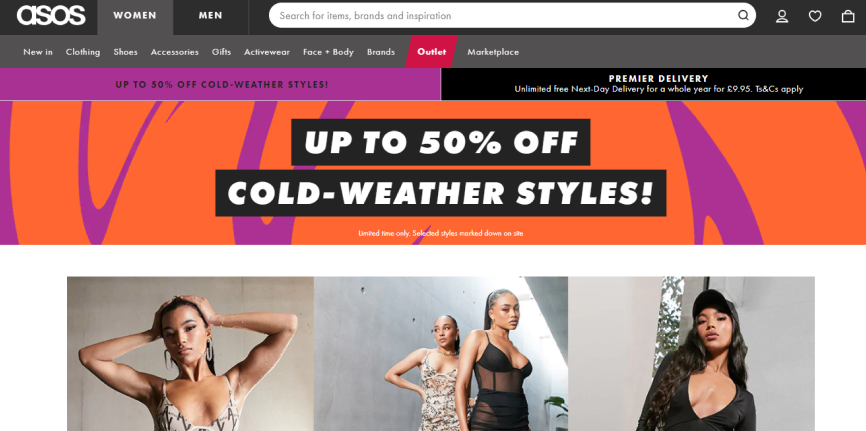
Tailor the product display When you know what the buyer has been looking at or what they bought before, you can make an educated guess about what products they are generally interested in. So you can customize the product order or even the catalogues you show to the customer. When you sell a lot of stuff - different categories, many styles and types, customizing your display is the best thing you can do for your shopper. Amazon is amazingly good at this - they offer you the most popular categories you’ve been browsing.
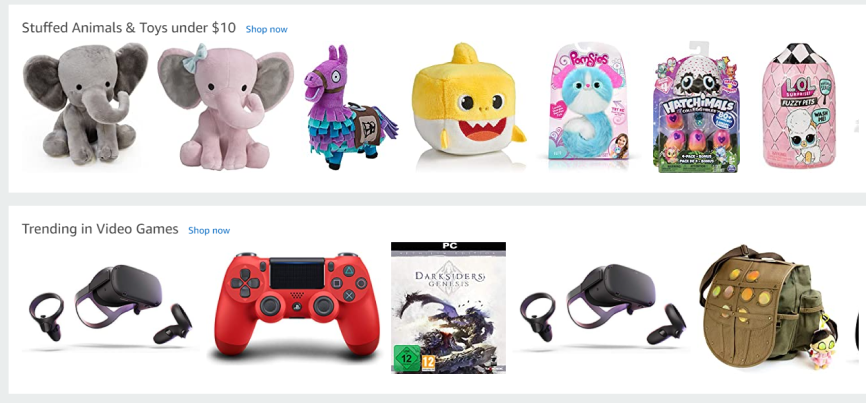
Recommend the products The tools like “others liked” or “others also bought” help your customer narrow down their choices, based on what they are most likely to enjoy. When you’re selling products where the opinions of other customers are valid - for example, there is a community behind your product that can tell the good from the best, recommendations by association work beautifully. Some studies show that recommended products increase revenue by 13% - so suggest away.
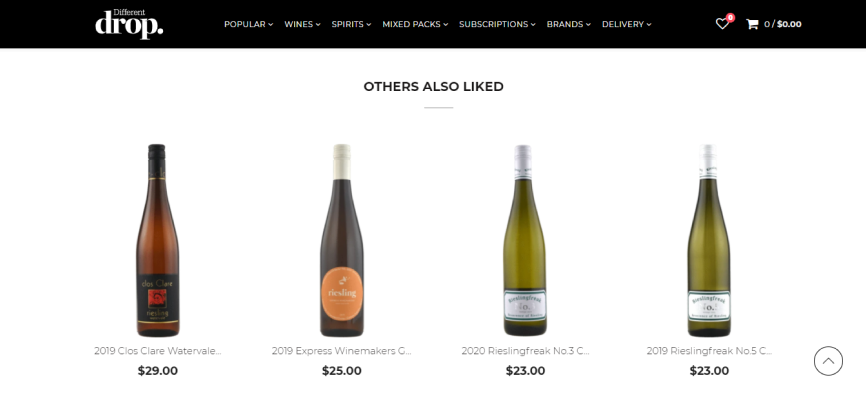
Offer a fuller experience When you’re offering to “complete the look”, you’re going in for the kill. Whether this comes in the form of an upsell at checkout or as a “more in this collection” bar, like the NinaShoes store does here, you create a pool of choices for your customer, with simple spaces to fill in. When you’re in the business of selling something exclusive, where the “whole package” makes sense, consider the approach of a fuller experience.

Set up a personalized email Whether it’s an abandoned cart notification or news on new arrivals in the category you most recently browsed, a shopper is very likely to open that kind of email. Interest-based newsletters are great personalization tools - they bring the feeling of a conversation even further by allowing you to create a customer service representative character who can be “assigned” to a specific customer, finding what’s good for them specifically and sending it out.
Integrate personalization - and the results will come flooding in.
The majority of companies report instant boosts after introducing at least one of the personalization tools we’ve covered in this guide.
We can go on about the ways and styles and tools, but the gist is this - personalization makes your store more accessible, more pleasant to navigate and way more effective to use, hence making it 100% more attractive to prospective buyers.
Don’t be afraid to set yourself tangible goals. For example, making a first time buyer feel welcome. Even with a newcomer, you can come up with specifics that’ll help them shop. Or making a returning customer feel like a “regular” at their favorite place. When they’ve done at least something to give you an idea of what they need, you can customize and give them “the usual”. Trust us - they will appreciate it.





